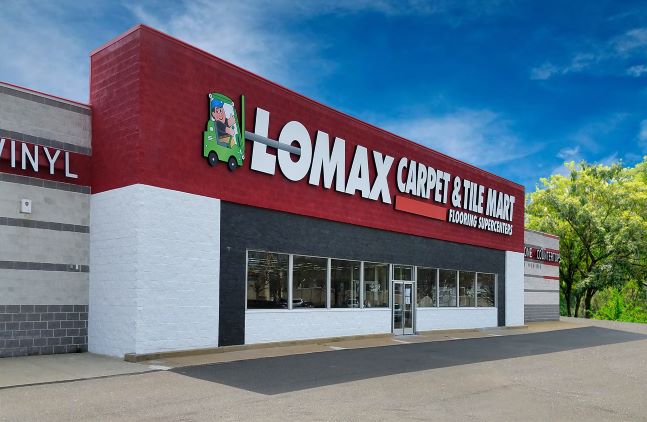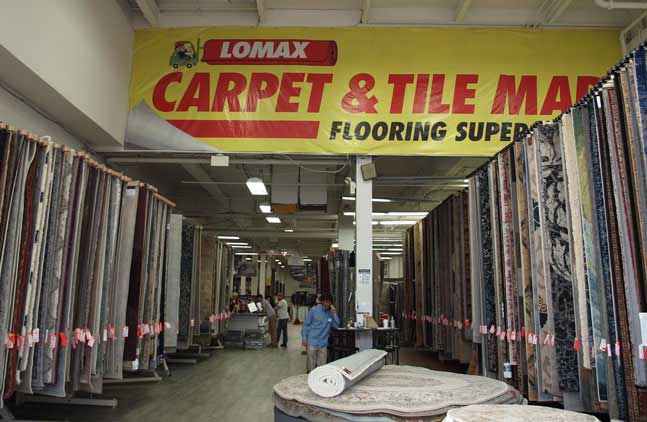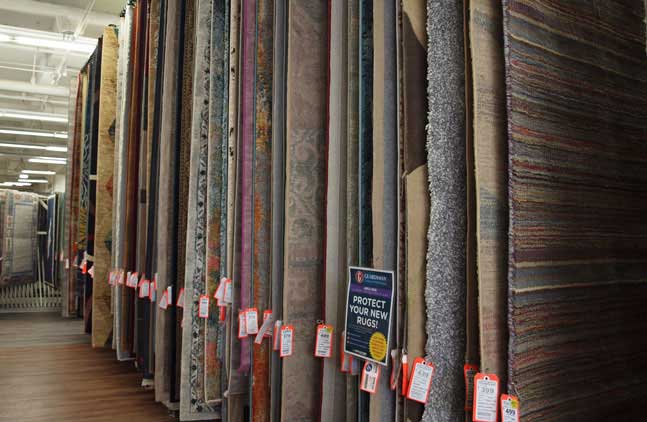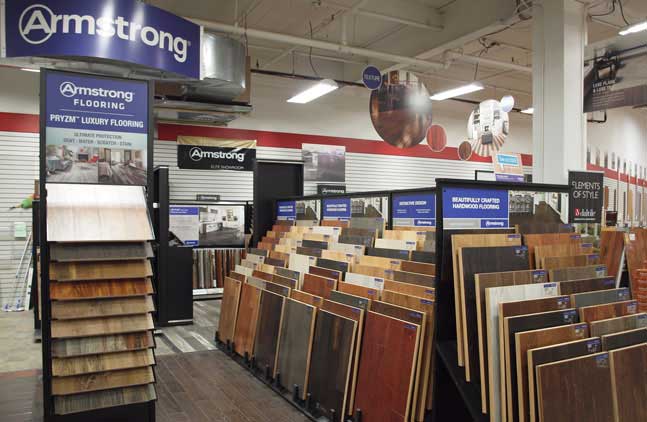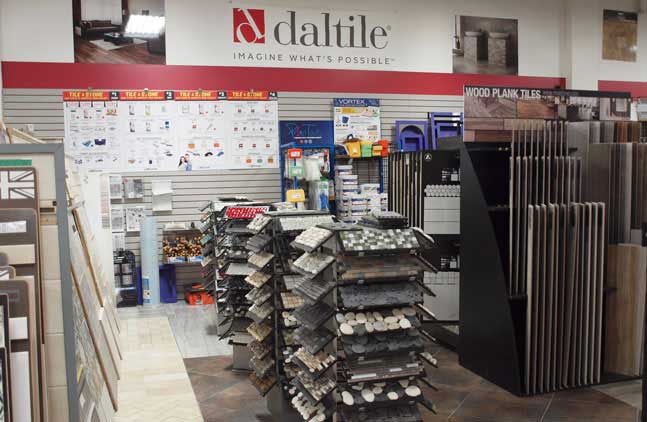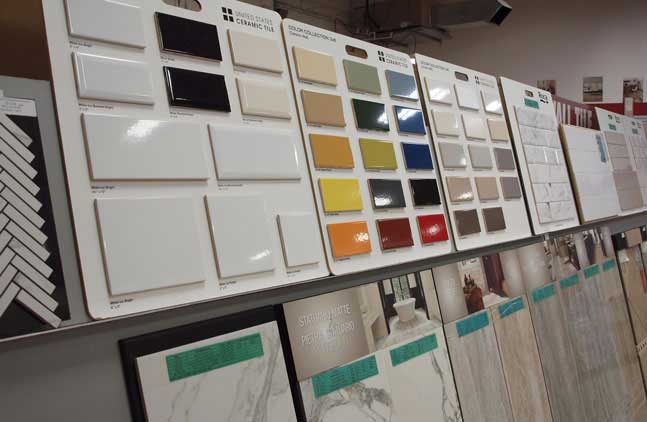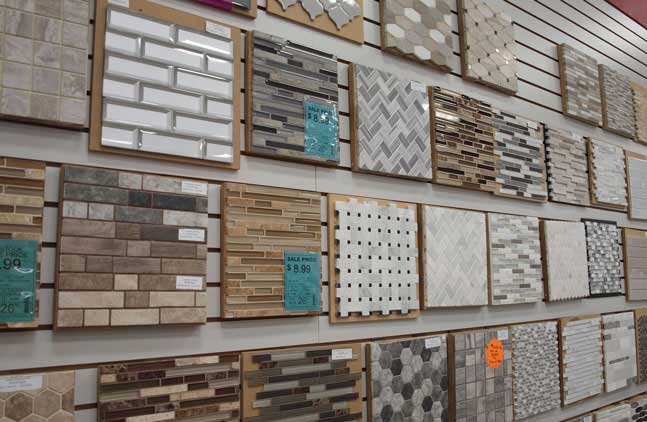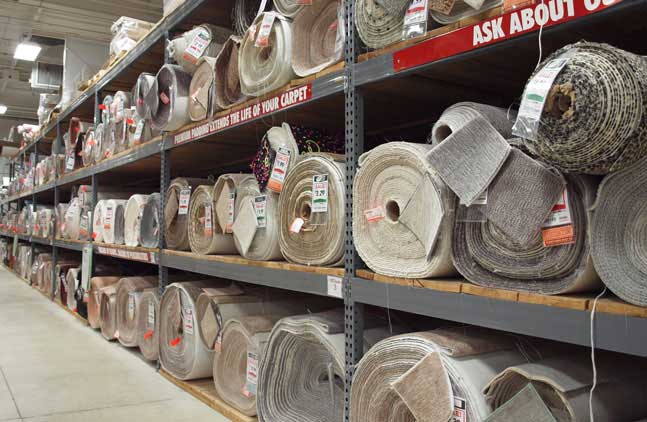Carpet can be a beautiful and cozy flooring choice for your living space, but you may decide that you prefer the look of wood floors in certain areas of your home. In that case, you will need to figure out how to create a carpet-to-wood transition. Fortunately, transitioning between flooring types is not too complicated and can be done without losing style.
Transitioning from different types of flooring between open floor plans can be tricky. But with the proper tools and knowledge, you can create distinctions between different areas of your home easily. When you need to transition from carpet to wood floors, you'll have to use transition strips. We'll explain why flooring transition strips are important and how to install them. We'll also go over helpful design and style tips to ensure that different flooring types flow seamlessly throughout your home.
What Are Wood Flooring Transition Strips?
Many homes do not have the exact same flooring throughout their entirety. Though you may love plush carpeting in the living room and bedroom to make the space cozier, carpet may not be the best flooring for other areas of your home. Areas that are prone to moisture or foot traffic (hallways, entryways, kitchens, etc.) are not the best place for carpets, as they can become easily damaged or dirtied.
Because different rooms and spaces of your home have different flooring needs, you will more than likely have to figure out how to transition between different flooring types. Transition strips are thin pieces of wood or metal that are usually seen in doorways or at the edge of rooms. This visual break provides a way to mesh different styles together and close any physical gaps between multiple types of flooring.
Why Are Flooring Transitions Important?
Having transitions between different flooring types is important for a few reasons. Aesthetically, flooring transitions can help blend the difference in textures and colors between carpet and hardwood. Additionally, transitions can help bridge any unattractive gaps or height differences.
Besides possibly looking unsightly, height differences between hardwood and carpeting could create a safety hazard. A thick hardwood next to a low pile carpet could be potentially dangerous for small children or those who have difficulty walking. Transitions, in this case, provide a leveling to mitigate the risk of tripping.
Transitions also help to elongate the life of your carpet and hardwood floors. Without transitions, your flooring will see a lot more wear and tear. By installing transitions, the edges of your flooring will be much more durable to weather the years.
What Are the Different Types of Transition Strips Available?
When you are joining together similar types of flooring, a transition strip may not be needed. But when you are joining together different types of flooring, like tile-to-carpet or carpet-to-wood transition, then you'll need a transition strip both for style and functional purposes. For most instances of matching tile to carpet, you'll use a neutral-looking material such as metal for the transition strip. When you use a transition strip between carpet and hardwood, the strip will commonly be a similarly finished wood material.
There are also a few different types of transition strips available that are suited to particular flooring needs. If you're joining together two hard surfaces of similar heights, then you might want to use a T-bar strip. Commonly made out of metal, composite, or wood, these strips are shaped like a "T" and are stuck in the gap between two hard surfaces. T-bars inserted into a track are a common way to join hardwood and carpet.
However, if you're joining together two floors of different heights, you might need to use a carpet reducer strip. The carpet reducer strip will work to bridge the gap in height between a carpet and a hard surface. It also acts as an eye-catcher to signal a change in height differences, so you won't be surprised at the difference when walking across the floor. Installers will place a metal track that goes down onto the flooring before placing the top visible portion onto the track.
How Do You Install Carpet to Wood Floor Transition Strips?
If you're interested in installing new flooring yourself, the transition strips should be fairly simple compared to the rest of the installation process. You'll need to measure correctly before installation to make sure you have the right dimensions. Cut the metal track and wood transition strip to size.
If you are installing a carpet reducer to connect your carpet with hardwood flooring, you'll need to first lay down a metal track. This track is then screwed or nailed to the subfloor with the teeth on the carpet side. The teeth on the strip grip the carpet to keep it from becoming loose. You can then place the hardwood piece on top of the metal track.
Design Tips & Ideas for Seamless Hardwood to Carpet Transitions
Though you may want to have multiple flooring types throughout your home, you probably don't want to have clashing styles. With a few simple tips, you'll be able to have multiple flooring options throughout various spaces in your home without sacrificing aesthetics. One of the keys to transition flooring is to keep in mind the style of the entire home. By doing this, you'll be able to choose flooring options that work together to create a comfortable living environment.
Choose Complementing Floor Colors
While carpet and hardwood flooring are texturally different from each other, you can still choose color options that complement each other. Light-colored carpet works great in smaller rooms, as it brightens spaces up. Plus, choosing light-colored or medium-colored wood flooring to transition against the carpeting will still provide enough visual contrast without drawing too much attention. Likewise, a dark carpet will complement a dark-colored wood floor.
While it's a good idea to stick to a complementary color scheme, choosing colors that are too similar to each other might not look the best. Choosing a brown carpet with brown hardwood will look slightly off. It's hard to get the exact same shade of color, so it's better to stick to separate colors.
Avoiding too much contrast with the flooring is also important to create a cohesive style. A bright white carpet in the living room will look out of place next to dark hardwood. With such a sharp contrast, an open floor plan won't flow nicely with contrasting colors.
Place Transitions at Natural Stopping Points
When thinking about where to place a carpet-to-wood transition, try to work with the natural setup of your space. For closed-off transition areas, like bedrooms and hallways, the common place to put a floor transition is in the doorway. But in open-floor concept areas, like the first floor of a home (kitchen, dining room, living room, entryway, etc.), placing transitions may not be as straightforward. For these types of areas, it's best to follow the natural flow of your home. You should try to pay close attention to where spaces begin and end. Natural stopping points might align with furniture, countertops, and hallways.
Consider Paint Colors Carefully
Flooring is always much more of a hassle to replace than repainting rooms, so you'll want to match the paint to the floors, not the other way around. It's important to pick out paint colors that work with both types of flooring in transitional spaces. Neutral colors work very well to balance the contrast in carpet-to-wood transition spaces. If you want to keep the space open and give the appearance of a larger area, then shades of white are a great option. Additionally, any light color would work if you don't want white walls. Conversely, dark paint colors make a space cozier. So if you're looking for a style that is intimate and warm, then you should consider dark shades.
Think About the Room's Other Style Elements
The rest of your home's style elements can also play a role in creating a cohesive aesthetic. In open-concept spaces, you'll want to choose colors, patterns, textures, and styles that work with both types of flooring. For instance, if you want to pick out a rug for the hardwood floor area, it should complement the carpet that is next to it.
Popular Flooring Choices for Carpet to Hardwood Transitions
Planning your flooring for transitional spaces requires a little forethought, but overall is pretty simple if you stick to complementing colors. If you want your space to be bright and airy, then choosing neutral, light-colored flooring will open the area. For a cozier vibe, you might want to consider warmer colors. We'll go over some popular flooring options for a carpet-to-wood transition.
Kitchen to Living Space
Most kitchens normally have easy-to-clean flooring, as the room sees a lot of foot traffic and moisture effects from cooking or washing dishes. So, carpet is generally not a good choice in kitchens as it hides crumbs and can be easily stained by food spills or liquids. However, carpet is a popular choice for living rooms, as it's more comfortable and cozy than hard floors. In open-concept homes, the kitchen and living room are often joined together. By installing varying flooring options, you'll be able to create a level of distinction between the two spaces.











